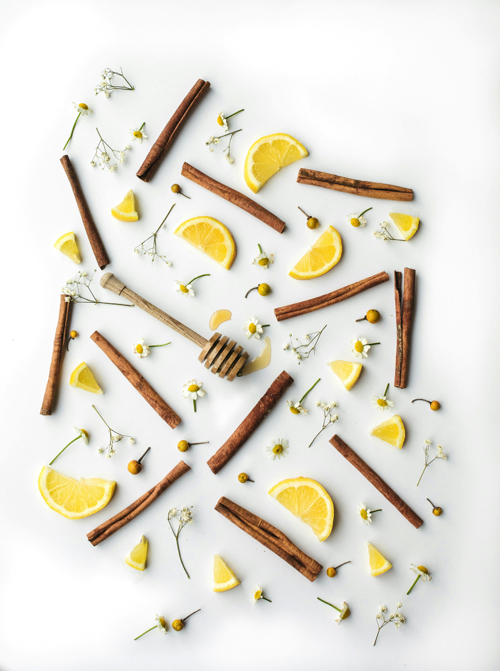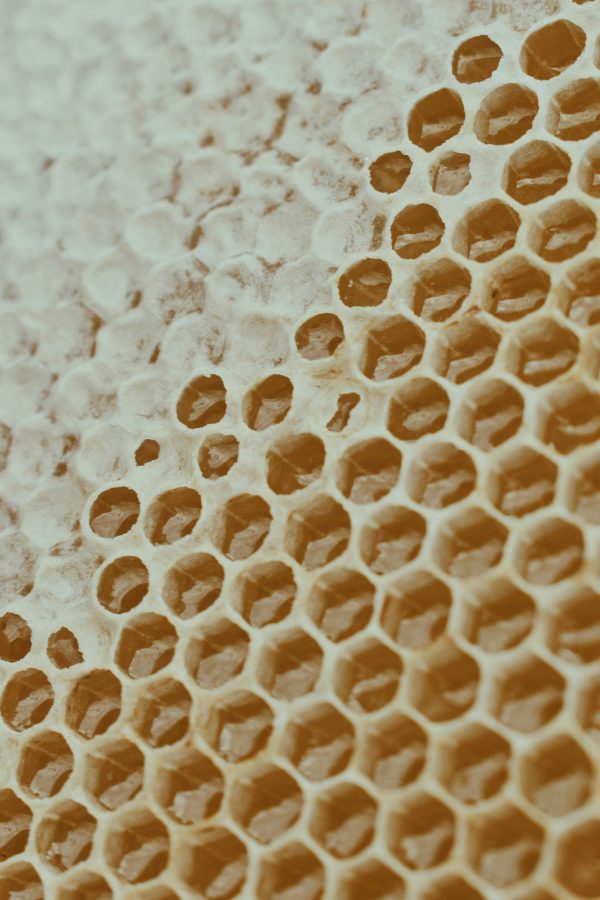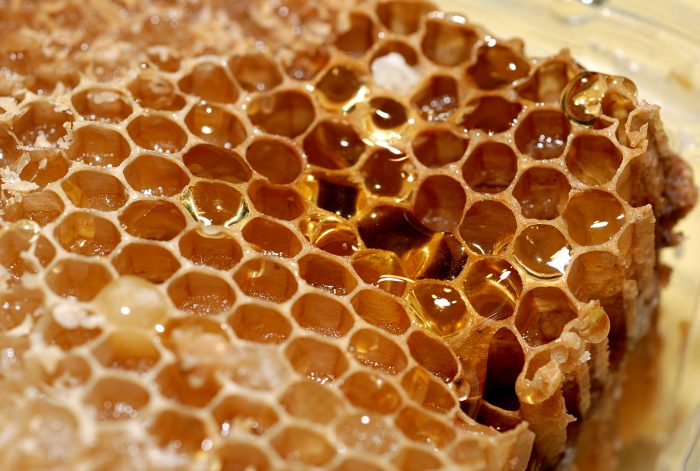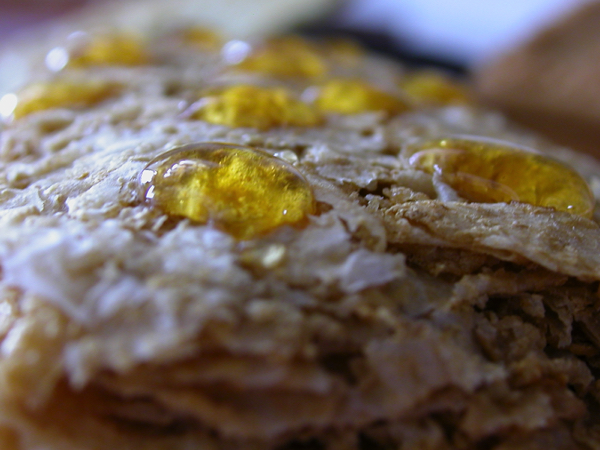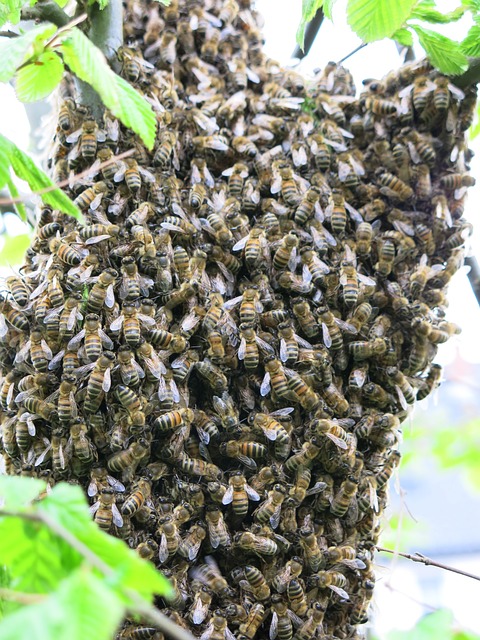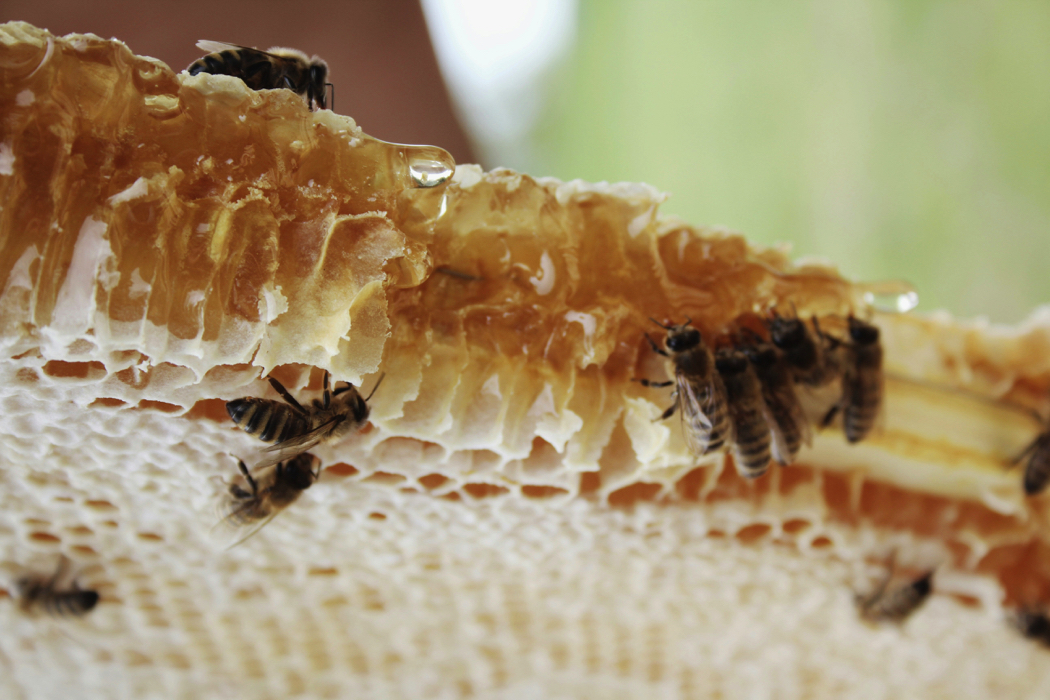
Honey, often referred to as nature’s sweetener, has been cherished for centuries not only for its taste but also for its potential health benefits. Among the myriad varieties of honey available worldwide, two types often stand out in discussions: local English honey and Manuka honey. While both are prized for their unique qualities, they differ significantly in origin, production, flavour, health benefits, and cost. This article delves into an in-depth comparison of local English honey and Manuka honey, exploring their characteristics, benefits, and considerations for consumers, using British English spelling conventions.
Origins and Production
Local English Honey
Local English honey is produced by bees in the United Kingdom, primarily from the nectar of flowers found in England’s diverse landscapes, such as wildflower meadows, heather moors, and urban gardens. The flavour, colour, and texture of English honey vary depending on the floral sources available to the bees, which can include clover, lavender, borage, or heather. For example, honey from the North Yorkshire Moors, rich in heather, is known for its deep amber hue and robust, slightly bitter taste, while honey from urban areas like London may feature a lighter, more floral profile due to garden flowers.
English honey is typically produced by small-scale beekeepers who prioritise sustainable practices. These beekeepers often harvest honey seasonally, ensuring that bees have enough stores to survive the winter. The “local” aspect of English honey refers to its production within a specific region, often within a few miles of where it is sold, which reduces carbon footprints and supports local ecosystems. Local honey is usually raw or minimally processed, retaining natural enzymes, pollen, and nutrients.
Manuka Honey
Manuka honey originates from New Zealand and parts of Australia, where bees pollinate the Manuka bush (Leptospermum scoparium), a native plant with small white or pink flowers. The production of Manuka honey is highly specialised, as it requires specific environmental conditions and careful management to ensure purity. The honey is harvested from remote, pristine areas, and its production is tightly regulated to maintain authenticity.
Manuka honey is distinguished by its Unique Manuka Factor (UMF), a grading system that measures the concentration of methylglyoxal (MGO), a compound responsible for its antibacterial properties. The UMF rating, typically ranging from 5+ to 20+, indicates the honey’s potency, with higher ratings signifying greater concentrations of MGO. Manuka honey is often pasteurised or filtered to meet commercial standards, though high-quality versions are sold raw to preserve their bioactive compounds.
Flavour and Texture
Local English Honey
The flavour of local English honey is as diverse as the English countryside. Depending on the floral source, it can range from light and floral (e.g., clover or acacia honey) to dark and earthy (e.g., heather or chestnut honey). For instance, honey from the South Downs may have a delicate, sweet taste with hints of wildflowers, while honey from the Cotswolds might carry a richer, more complex profile due to the region’s varied flora.
Texturally, English honey can be runny, creamy, or set (crystallised). Raw English honey often crystallises naturally over time, a sign of its unprocessed nature. Many consumers enjoy the spreadable texture of set honey, which is ideal for toast or baking. The colour of English honey varies from pale gold to deep amber, reflecting the diversity of its floral sources.
Manuka Honey
Manuka honey has a distinct, bold flavour that sets it apart from most other honeys. It is often described as earthy, slightly bitter, and less sweet than traditional honey, with a rich, almost medicinal aftertaste. This unique flavour profile is due to the Manuka bush’s nectar, which imparts a robust character.
In terms of texture, Manuka honey is typically thick and viscous, with a smooth, creamy consistency. It rarely crystallises due to its high MGO content and processing methods. The colour of Manuka honey is usually a deep golden or amber shade, though it can appear darker in higher UMF grades.
Health Benefits
Local English Honey
Local English honey is often touted for its potential to alleviate seasonal allergies. The theory is that consuming honey containing trace amounts of local pollen can help desensitise the immune system to allergens, though scientific evidence on this is mixed. Studies, such as one published in the Annals of Allergy, Asthma & Immunology (2002), have shown inconclusive results, but anecdotal reports from consumers suggest benefits for some individuals.
English honey is rich in antioxidants, particularly polyphenols, which may help reduce inflammation and protect against oxidative stress. It also contains natural enzymes, vitamins (such as vitamin C and B vitamins), and minerals (like calcium and magnesium), especially in raw, unfiltered forms. Raw English honey has mild antibacterial properties due to the presence of hydrogen peroxide, making it a traditional remedy for sore throats and minor wounds.
Manuka Honey
Manuka honey’s health benefits are more extensively studied and revolve around its high MGO content, which gives it potent antibacterial, antiviral, and anti-inflammatory properties. Research published in journals like Frontiers in Microbiology (2016) has demonstrated that Manuka honey can inhibit the growth of bacteria such as Staphylococcus aureus and Helicobacter pylori, making it a popular choice for wound healing, digestive health, and immune support.
The UMF rating system ensures that consumers can select Manuka honey with verified levels of bioactivity. For example, UMF 10+ or higher is considered therapeutic, with applications ranging from topical wound dressings to internal use for gut health. Manuka honey is also rich in antioxidants, though its processing may reduce some of these compounds compared to raw honey.
Cost and Accessibility
Local English Honey
Local English honey is generally more affordable than Manuka honey, with prices typically ranging from £5 to £15 per 340g jar, depending on the region, floral source, and whether it is raw or organic. Its accessibility is a significant advantage, as it can be purchased directly from beekeepers, farmers’ markets, or local shops. Buying local honey also supports small businesses and promotes sustainable beekeeping practices.
Manuka Honey
Manuka honey is considerably more expensive due to its limited production, high demand, and rigorous testing for UMF certification. Prices can range from £20 for a 250g jar of UMF 5+ to over £100 for a jar of UMF 20+. The cost reflects the honey’s rarity, the expense of maintaining Manuka bush apiaries, and the global market for its health benefits. Manuka honey is widely available online and in health food stores, but consumers must be cautious of counterfeit products, as the market has seen instances of mislabelled or diluted Manuka honey.
Environmental and Ethical Considerations
Local English Honey
Choosing local English honey supports sustainable beekeeping and reduces the environmental impact associated with long-distance transportation. Many English beekeepers prioritise bee welfare, avoiding practices like overharvesting or artificial feeding that can harm bee colonies. Additionally, buying local honey encourages biodiversity, as bees pollinate local plants, contributing to healthy ecosystems.
Manuka Honey
Manuka honey production has raised some environmental concerns, particularly in New Zealand, where the demand for Manuka bushes has led to land use changes and potential strain on native ecosystems. However, reputable producers adhere to sustainable practices, and certifications like UMF ensure ethical sourcing. The carbon footprint of Manuka honey is higher than that of local English honey due to international shipping.
Which Honey Should You Choose?
The choice between local English honey and Manuka honey depends on your priorities:
- For General Use and Affordability: Local English honey is an excellent choice for everyday use in cooking, baking, or as a sweetener. Its diverse flavours and textures make it versatile, and its affordability and local sourcing appeal to environmentally conscious consumers. It may also offer mild health benefits, particularly for allergy sufferers.
- For Specific Health Needs: Manuka honey is the preferred option for those seeking targeted health benefits, such as wound healing or digestive support, due to its scientifically validated antibacterial properties. However, its high cost and environmental impact may deter some consumers.
- Taste Preferences: If you prefer a sweeter, more floral honey, local English honey offers a wide range of options. If you enjoy a bolder, earthier flavour, Manuka honey may be more appealing.
Conclusion
Both local English honey and Manuka honey have their unique strengths, making them valuable additions to a pantry or medicine cabinet. Local English honey shines for its affordability, sustainability, and diverse flavour profiles, deeply rooted in the landscapes of England. Manuka honey, with its potent health benefits and distinctive taste, is a premium product with a global reputation. By understanding their differences, consumers can make informed choices based on their needs, budget, and values, ensuring they enjoy the sweet rewards of nature’s finest honeys.


